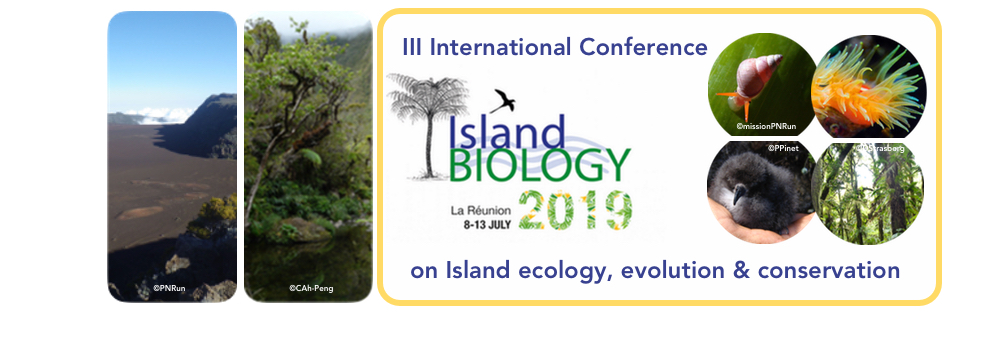In coastal areas, anthropogenic pressures are intense and spatially organized, and benthic habitats are heterogeneous, both locally and at larger scales. Monitoring-based assessment of fish communities and biotic habitats in such areas generally suffers from a poor spatial replication, which makes the area-wide assessment of key biological components, such as fish communities and benthic habitat, quite challenging. This paper presents the data obtained from unbaited remote underwater video system designed to address such challenges (STAVIRO) developed from 2007. The STAVIRO is a standardized methodology for field work, for analysing footages and for assessment. This system enables monitoring and studying shallow biodiversity, mostly in coastal areas (between 0 and 70 m), providing observations of habitat and vagile macrofauna. The rotation provides a panoramic view without distorting image due to wide angle. Not requiring divers, nor a scientific background on the field, many observations can be collected, ca. 20-25 stations per day on a small boat with two systems, allowing to survey potentially vast areas on both soft and hard substrates, and to replicate observations, using a standardized protocol. The STAVIRO results from EPICURE project allowed us to estimate the health status of fish communities at Geyser bank, and more specifically the main commercial fish species targeted at the onset of the artisanal hook fishery from Mayotte Island. The large species of serranidae, lutjanidae, lethrinidae and carangidae constituted the bulk of the annual catches landed in the years 1990. Depending species and sites, results highlighted a) unbalanced stocks in size distribution; b) low abundances levels, even cases of rarefaction of the largest targeted species (total length > 60 cm); and c) significantly higher abundances for gregarious species with a maximum size generally less than 60 cm. These results are obvious signs of overexploitation for the major commercial great species targeted by fisheries. They will be helpful for supporting forthcoming decisions related to fisheries management, and they provide a baseline for future assessments and for research.

|
|
|
|
Monitoring of fish communities and benthic habitats from unbaited underwater video techniques with applications to Indian Ocean conservation and fisheries management challenges
1 : Délégation Océan Indien
(DOI)
IFREMER
Rue Jean Bertho BP60 -
France
2 : Unité Ecologie et Modèles pour l'Halieutique
(EMH)
IFREMER
Centre Atlantique - Rue de l'Ile d'Yeu - BP 21105 - 44311 Nantes Cedex 03 -
France
3 : MARine Biodiversity Exploitation and Conservation
(UMR MARBEC)
-
Website
Institut de Recherche pour le Développement : UMR_D 248, Institut français de Recherche pour l'Exploitation de la Mer : UMR9190, Université de Montpellier : UMR9190, Centre National de la Recherche Scientifique : UMR9190
Centre Universitaire de Mayotte Route Nationale 3 - BP 53 97660 DEMBENI Mayotte -
France
4 : Centre Universitaire de Formation et de Recherche de Mayotte
(CUFR)
* : Corresponding author
Route nationale 3, BP53 97660 Dembéni -
Mayotte
|
| Online user: 38 | RSS Feed |

|
 PDF version
PDF version